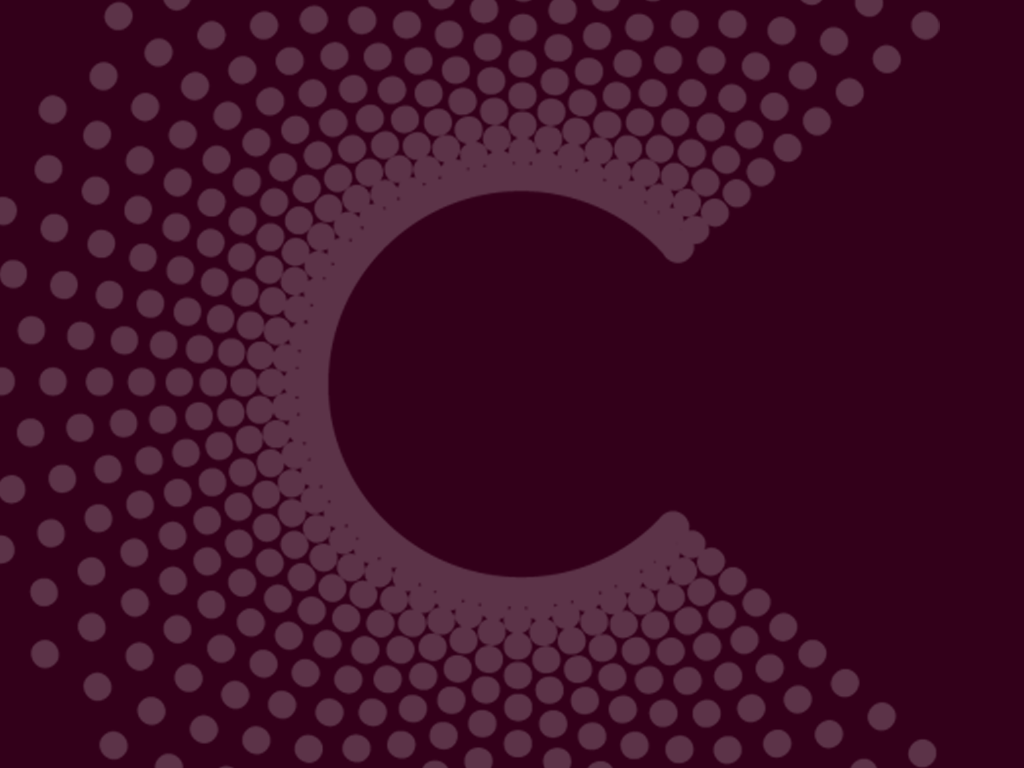Over the last few years, the number of large-scale solar farms in Australia has boomed, and the brains behind this expansion are engineers like Karina White.
For solar farms you need nice flat land that you can lease or purchase, you need abundant sunshine, low rainfall and you need to be able to connect into the existing electricity grid systemKarina Senior Power Generation Engineer
Once somewhere with appropriate conditions is found and there are no environmental risks such as flooding, and the finances stack up, she’s brought in to manage the whole project from start to finish as the owner’s engineer.
“I’ve just got back from spending six months out in rural NSW on a construction site, so it was really exciting for me. I was involved in the client procuring that project, and then I managed the design and construction.
“In March we started commissioning [test-running] the plant; it was pretty impressive to be out there watching the solar panels track from east to west with the sun and looking at the control and monitoring system and seeing that there’s actual energy coming out of the solar farm. It’s very rewarding knowing that you were part of that happening.”
The opportunity to work on site with the solar projects has also been a real boost to her career.
“You learn so much on a construction site compared to being in the office,” she says. “In most of my roles I’m the only one permanently on site for my company, so it doesn’t matter what it is – a civil issue, a mechanical issue, an electrical issue or an environmental issue. While you have support from technical experts back in the office, you’re the one on the ground who has to work it out and resolve it with the contractor and the owner. You learn a lot of things that you never thought you would!”
Karina joined Aurecon after finishing her chemical engineering degree in 2011. She started in the Water and Wastewater team, but after a temporary stint in the Energy team she was inspired to make the shift.
“I really enjoyed the projects and the team I worked with, so I ended up permanently transitioning over,” she says. “Aurecon is a leader in renewable energy projects, so there has been an abundance of opportunities within renewable energy and I’ve jumped on as many of those as possible.”
“I’m a big believer in combatting climate change and working on projects that are socially conscious. So that’s why I always thought I’d work in the water and energy markets. Firstly, they’re things that we’ll always need – water and power – and secondly, they’re areas where we can make a big difference in what impact we have on the planet.
“All the modelling suggests that we need to reduce our CO2 emissions significantly in the next 10-30 years. And a large part of our emissions is the energy we use to power our housing and infrastructure, so I see transferring over to at least a large portion of renewables as being vital.”
Renewable power generation is evolving rapidly, and she believes that this will allow the industry to continue to thrive – and provide plenty of work for her and her team.
“I do see quite a long career in renewables,” she says. “I think the type of technology is going to keep changing; we’re going to see less large-scale utility solar because we’ve already extracted a lot of the low hanging fruit in terms of what areas are available around Australia. But we’re already seeing a lot more interest in battery energy storage systems, pumped hydro energy storage, and hydrogen.
“So I think there is a long road ahead in renewables, but the type of renewables we focus on is going to develop and change as the market changes.”





